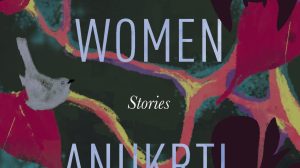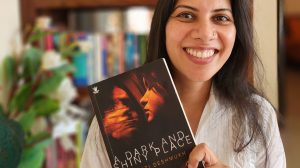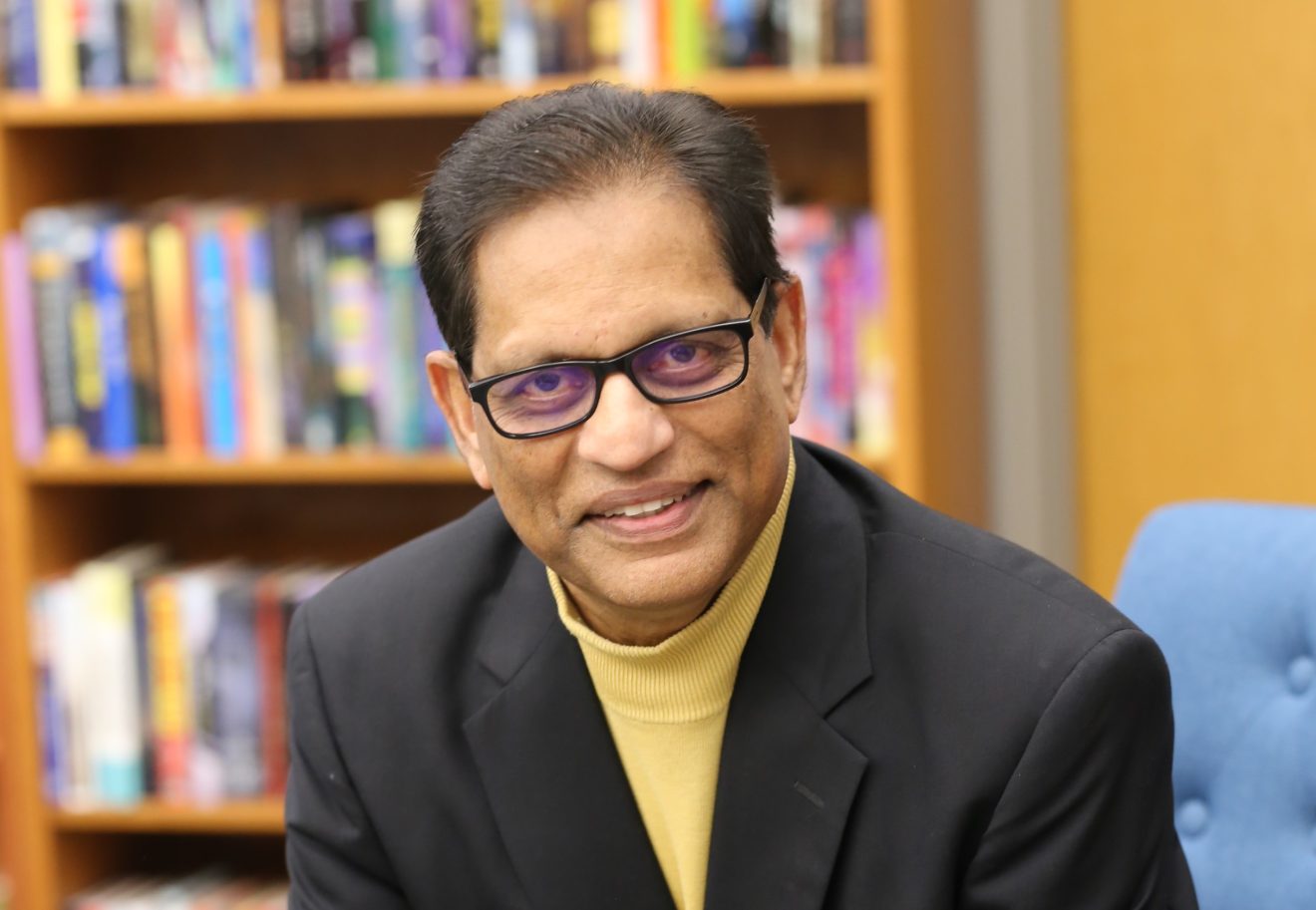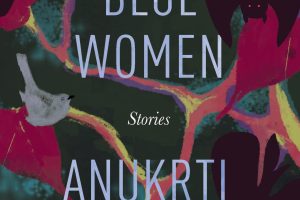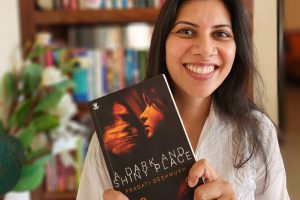The book “The Village Maestro and 100 Other Stories” by Varghese Mathai consists of micro-stories that really are unforgettably impactful.
Their professor-author first delivered these stories as his signature “class-openers” on US university campuses.
Literature, history, science, philosophy, the scriptures, and even personal life – all are raided for these stories.
Read an excerpt from the book below.
The Trees of Belize
Belize was a very poor Central American country in the early twentieth century. Not very large in size or population still, its main source of income is tourism.
A woman from the US once made her home here in one of its quiet villages. She ran a small restaurant to support herself, but her goal of wanting to live in Belize was to save its seemingly endangered iguanas, reptiles that look like large lizards. She turned her wooded backyard into an iguana habitat.
A large tree with a sign stood right behind her restaurant. On its massive trunk hung a shingle with the phrase POISON TREE lettered on it. Just touching the bark of the tree would cause the skin to itch and to flare up. Contact with the leaves would make it worse.
Within fifty yards of the Poison Tree stood another tree, bearing another sign: MEDICINE TREE. In age and size both looked comparable. Why was it called “the medicine tree”? Well, if anyone touched the poison tree and felt any irritation by it, a little rub with a few leaves of the medicine tree would undo the effects of the poison!
Yes, the threat of evil is universal, but lest it take the world over, some healing tree stands within reach. There is no malady in this cosmos without a remedy to undo its power, says the tree.
Scudder on Agazziz
Louis Agazziz was a renowned professor and the founder of Harvard Museum of Comparative Zoology. Samuel Scudder, a younger naturalist, joined him as a short-term research associate. At their first meeting, Agazziz took Scudder to the lab, pulled out a fish from its alcohol jar, and laid it in a tray.
“Take this fish and look at it. We call it a haemulon. By and by I will ask you what you have seen,” said Agazziz, and then he left the place. The “look” was to be just that—observation with plain eyes, without the use of any lab instruments.
Scudder looked over the preserved fish, and within moments decided that he had seen all there was to see of it. Then he wandered over to the more attractive locations of the museum. Several hours later Agazziz returned, and Scudder stood ready. He described the fish in reasonable detail, but the professor told the young man that he had missed the most conspicuous parts. Scudder returned to the lab for an afternoon for yet a closer look, which helped little. The professor advised him to put the fish aside and to review it mentally, overnight.
“The fish had symmetrical sides and organs,” Scudder reported in the morning, which impressed Agazziz, but there had to be more. Attempts continued, each winning some approval from Agazziz, with more still left to cover. Scudder handled the fish for a few more days with occasional discoveries to report.
“Look, look, look!” the professor kept urging him. Once Scudder was done with the fish, a second one was assigned for comparison, and then a third, and so on.
Months later, Scudder and friends chalked up, just for amusement, the shapes of grotesque looking creatures on the Museum blackboard. Among them were a few fish sketches. Agazziz noticed them. “Every one of them is a haemulon!” commented the professor, and he knew who had drawn them. As for Scudder himself, each time he drew a fish from then on, it would turn out to be a haemulon!
Scudder left Harvard on his way to greatness, thankful for the legacy from Agazziz, the acquired habit of learning by thorough observation. It was “of inestimable value,” Scudder said, which he could not earn any other way, nor part with. Seeing, we sometimes see not, disabled only by our abilities!
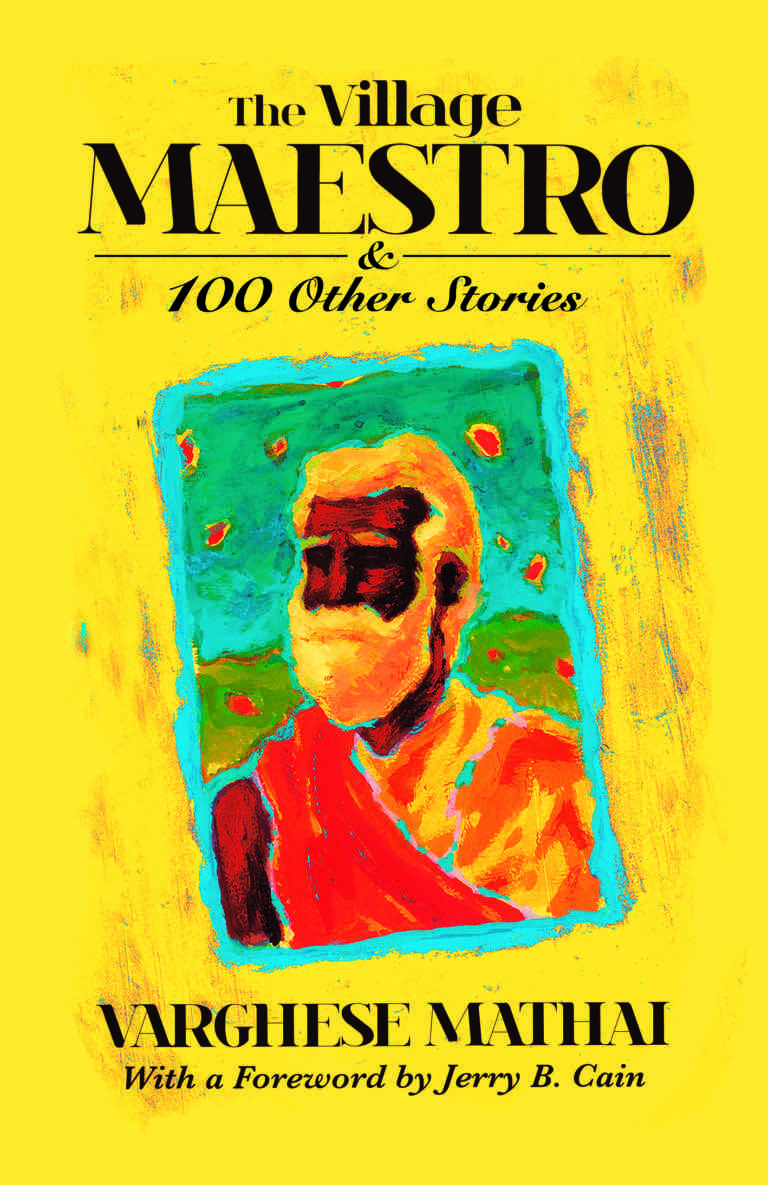
Excerpted with permission from The Village Maestro and 100 Other Stories, Varghese Mathai, Pippa Rann Books & Media. Read more about the book here and buy it here.











